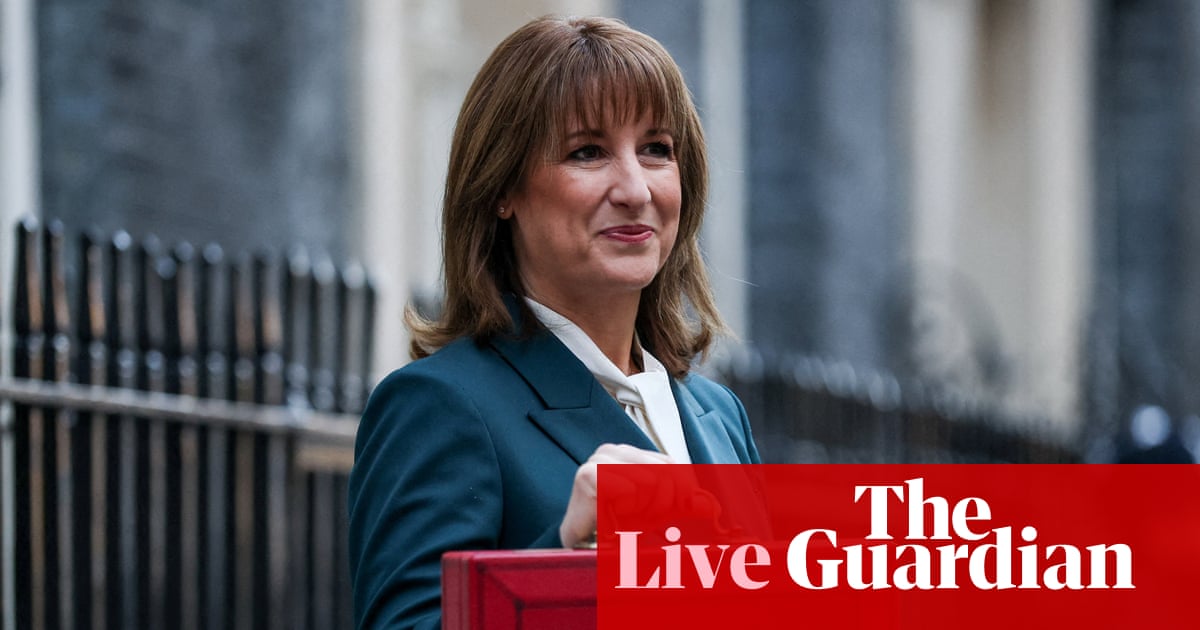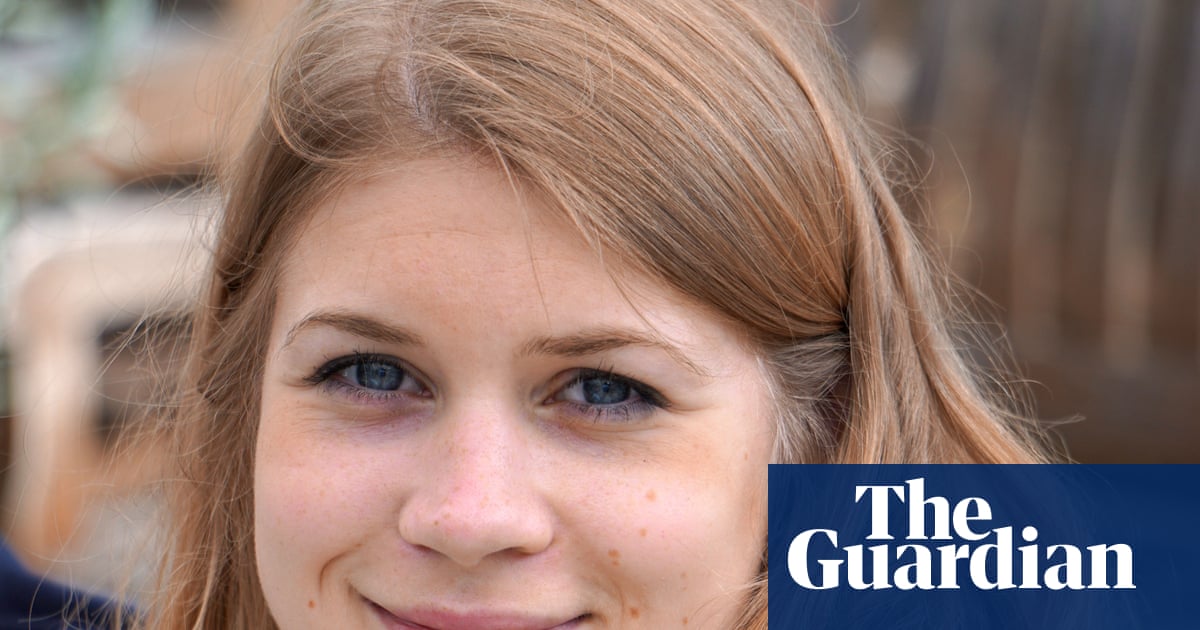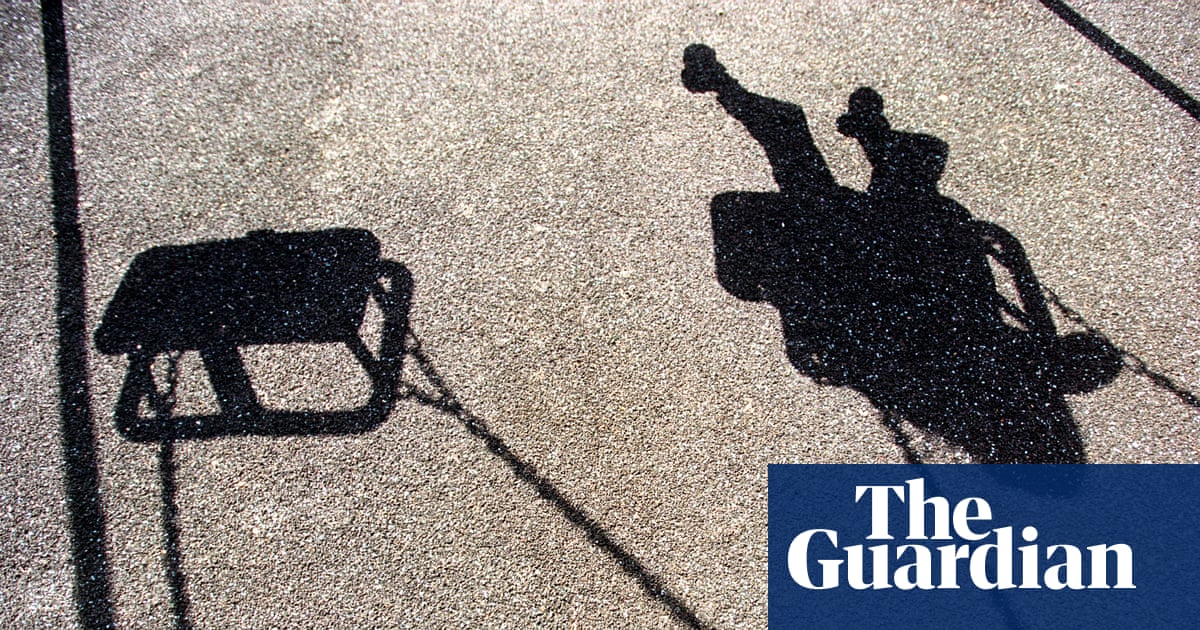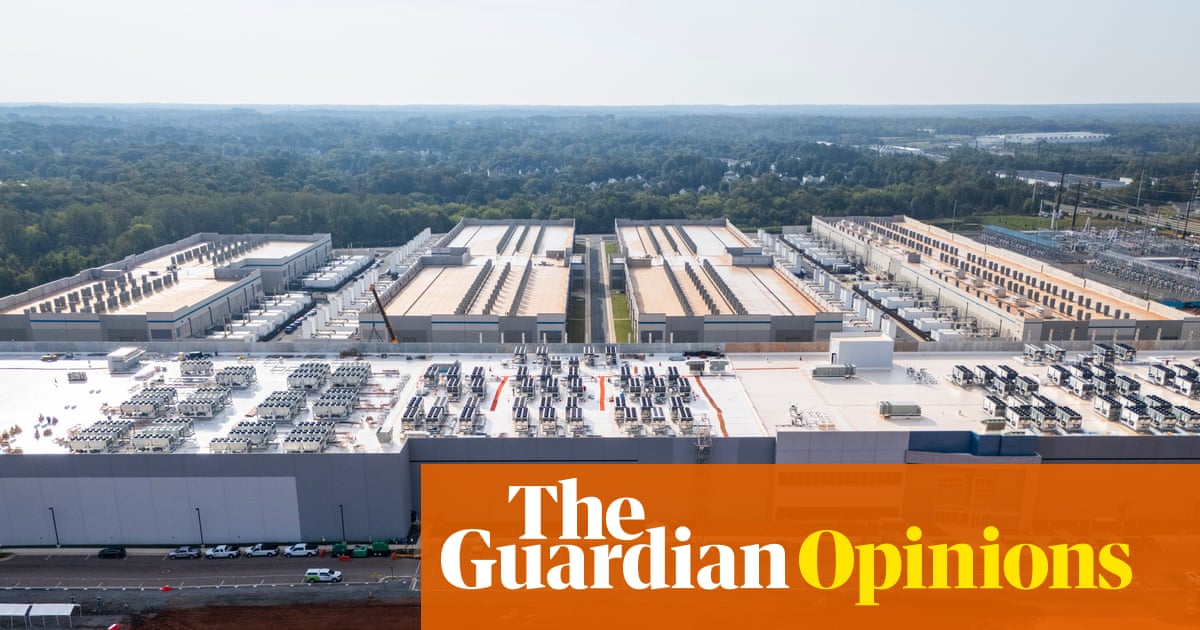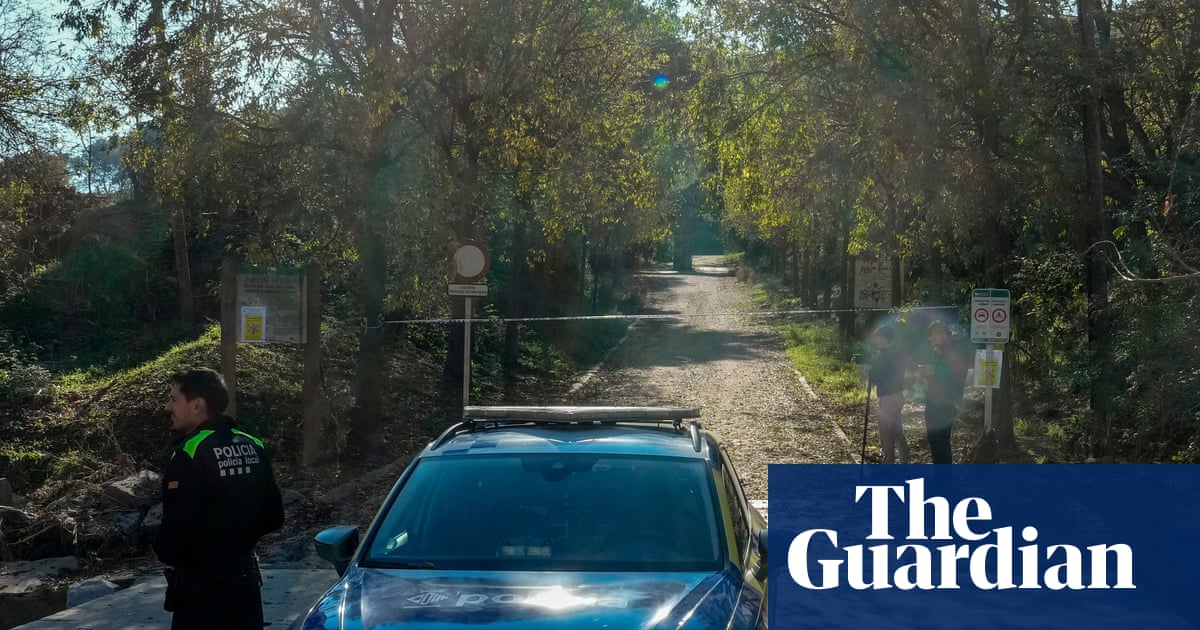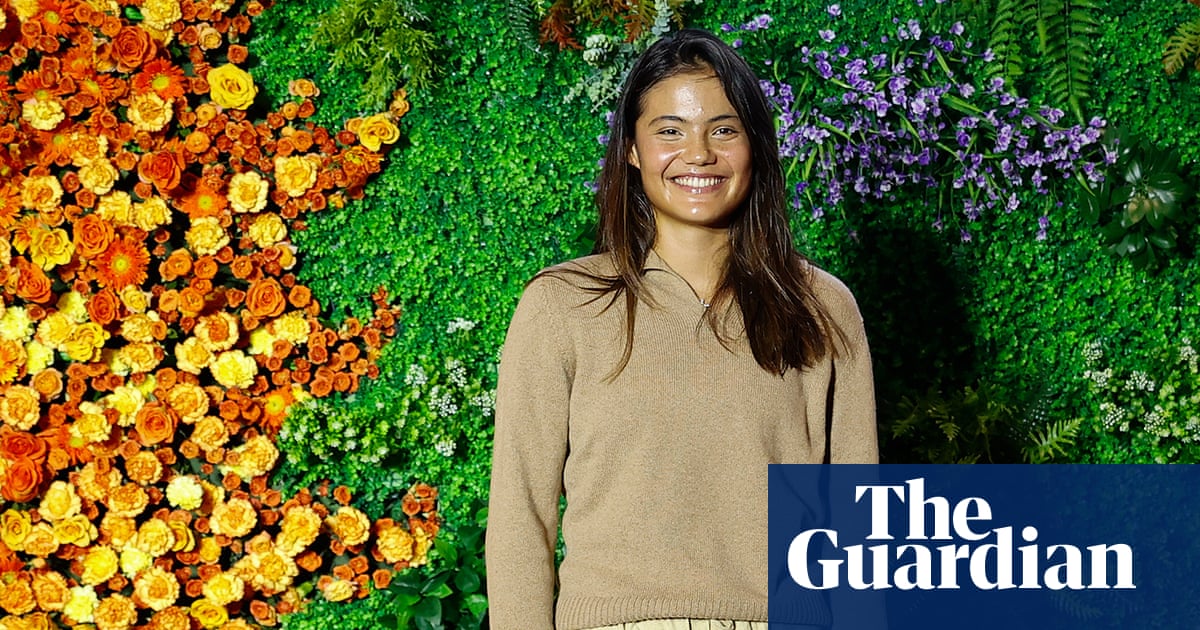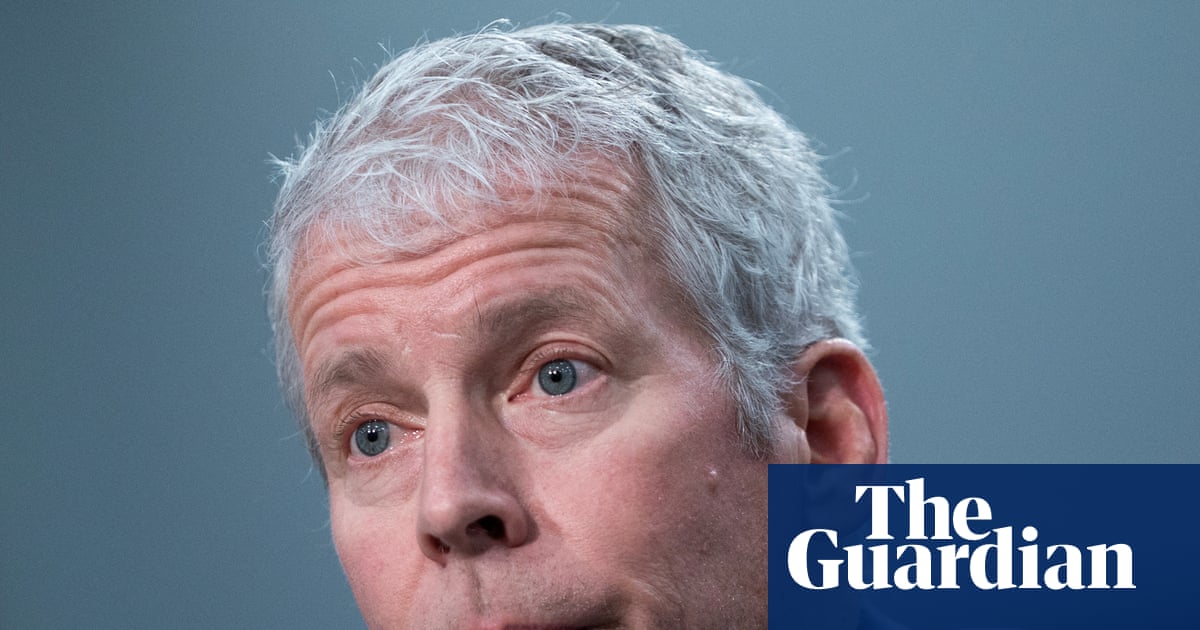Terry Farrell, who has died aged 87, was arguably the most influential and prolific of the architects associated with the British postmodern movement.
At the start of his private practice in 1965 he worked in partnership with Nicholas Grimshaw, and a few years later he seemed destined to join Richard Rogers and Norman Foster as a “high-tech” pioneer, the first movement in British architecture to achieve worldwide recognition since the arts and crafts designers of the late 19th century.
A residential tower in St John’s Wood of 1970, streamlined and clad in corrugated aluminium, and with flats for himself and Grimshaw on the top storey, reinforced that impression.
Yet the short-lived ornamental Doric temple he designed for Clifton Nurseries in Covent Garden in 1979 was the first building in Britain that can be described as truly postmodern, as taboo-breaking as those of his Americans peers.
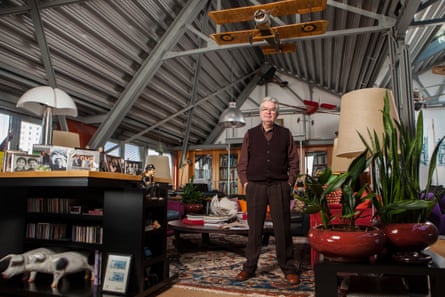
After separating from Grimshaw in 1980, Farrell created eye-catching commercial city buildings, including the drum-shaped Edinburgh International Conference Centre (1995); by the mid-1990s he would claim that he had designed more buildings in London than Christopher Wren.
What made his major projects distinctive was that he approached them as if they were exercises in urban design. His favourite was Alban Gate, designed in 1986-87, a tower that straddles London Wall south of the Barbican: he saw this as an exercise in routes and axes across three dimensions.
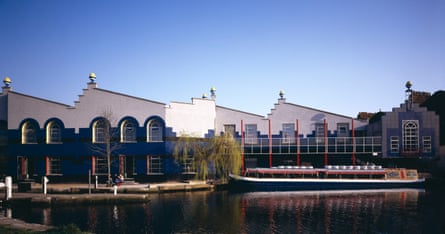
He was annoyed by critics who saw the SIS Building, the headquarters of MI6 at Vauxhall Cross (1994), as a large decorated box in the manner of the American postmodernists; he had designed it as a miniature city, as its less familiar side elevations make clear. The third major building of this series is Embankment Place (1990), the office block above Charing Cross station, which to the irritation of modernist purists has the outline of a Victorian station train shed without its function.
It occasionally happens that a single edition of the evening TV news features both these latter projects as a backdrop, and sometimes also the Home Office premises (2005) he designed in Marsham Street; their forms have become “iconic” in the proper sense.

Farrell was born in Sale, Cheshire (now in Greater Manchester), to parents of Irish heritage, Molly (nee Maguire) and Thomas Farrell, a junior civil servant. The family moved to Newcastle, where Terry was educated at St Cuthbert’s grammar school. He studied architecture at what would shortly become Newcastle University and then took up a position in the architect’s department of the London county council.
A Harkness fellowship took him to the University of Pennsylvania in 1962-64, where he was taught by Louis Kahn and Denise Scott Brown.
At the LCC he met Grimshaw and the two went into practice together; their reputations were launched in 1968 with a widely publicised project for student residences in Paddington. Grimshaw designed a high-tech service tower, and Farrell remodelled the 19th-century terraces around it. The experience – both the design process and their collaboration on it – sowed the seeds, however, of their incompatibility and provided a harbinger of their future careers.
In 1984, four years after he had set up Terry Farrell & Partners, Farrell intervened in the long-running Mansion House controversy, where the property developer Peter Palumbo proposed to replace protected Victorian buildings in the City with a tower designed in the 60s by Ludwig Mies van der Rohe. Farrell’s scheme, for Save Britain’s Heritage, proposed a subtle reworking of the existing buildings.
He realised this type of project in 1982-88 when he knitted together premises built over three centuries around a courtyard in Seven Dials, London, with new interventions; this became the first postmodern ensemble to be listed.
Blurring the line between the old and the new in this way also suggested the direction in which architecture was to go, and Farrell did it frequently. His headquarters for TV-am (1983), with its row of egg cups atop what had been a Victorian canalside warehouse in Camden Town, and his reworking of the interior of Modern Two (1999), the contemporary art collection of the National Galleries of Scotland, to house the Dada and surrealism collections of the Gabrielle Keiller Library, were examples of this.
Many of the architect-stars of the 80s went on to develop a reputation as masterplanners 20 years later. Farrell’s office, too, practised on a large scale from Hong Kong, from the mid-90s, at a time when there was little respect for his work in Britain. Now finding postmodernism “reactionary”, he also designed both the tallest office tower in Beijing and what has become the second tallest in Shenzhen.
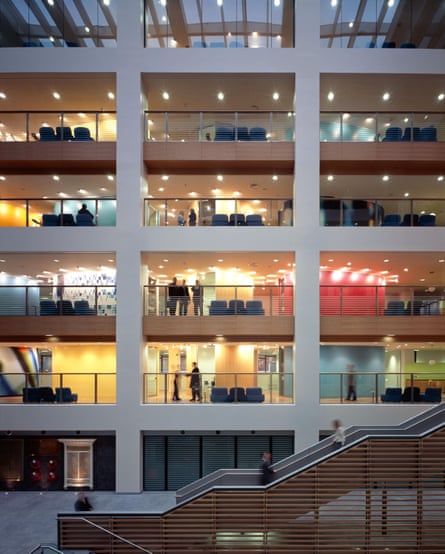
Farrell was distinct from the select group of professional leaders he was associated with. He was not a clubbable type; proud of his working-class origins, he was uncomfortable around his well- connected peers and eschewed any kind of personality cult. He was active on design panels and led the Farrell Review in 2014, which called for architectural education to be made more accessible.
He took a dim view of the notion that the flashy architecture of the 80s was the visual complement to Thatcherism; the wilfully sculptural Blackwall tunnel vents, which now poke out through the roof of the O2 Arena, were designed while he was working for the Labour-led LCC in the early 60s and his first, curvaceous, large-scale building housed a water treatment operation centre (Reading, 1979-82) for a nationalised industry.
The split from Grimshaw was acrimonious and the bad feeling persisted for the rest of their lives, but Farrell developed a career so different from that of his former partner that no competition was necessary. None of the other “Brits who built the modern world” –the five architects featured in a three-part BBC Four series and a RIBA exhibition in 2014 – designed amusing features such as the TV-am eggcups, the Hollywood-Egyptian flourishes on his Paddington office building, or the recent EV charging station in Maida Vale that has blown-up, old-fashioned petrol pumps as caryatids, created with the polymath designer Adam Nathaniel Furman.
Farrell left his archive, “every bus ticket” as he put it, to Newcastle University rather than to the national institutions who courted it, and he founded an urban study centre there in the spirit of the Farrell Review.
He was also generous in attributing the design of buildings in his office to the team members who worked on them. A memoir, published in 2020, laid out with unusual candour what he thought of some of his contemporaries.
Farrell was appointed OBE in 1978, CBE in 1996, and knighted in 2001. In 1960 he married Rosemarie Mallam, with whom he had two daughters. His marriage to Susan Aplin in 1973 produced a third daughter and two sons, one of whom was a partner of the practice for 10 years. His first two marriages ended in divorce. In 2007 he married Mei Xin Wang, a financial and business executive.
She and his children survive him.

 2 months ago
75
2 months ago
75
